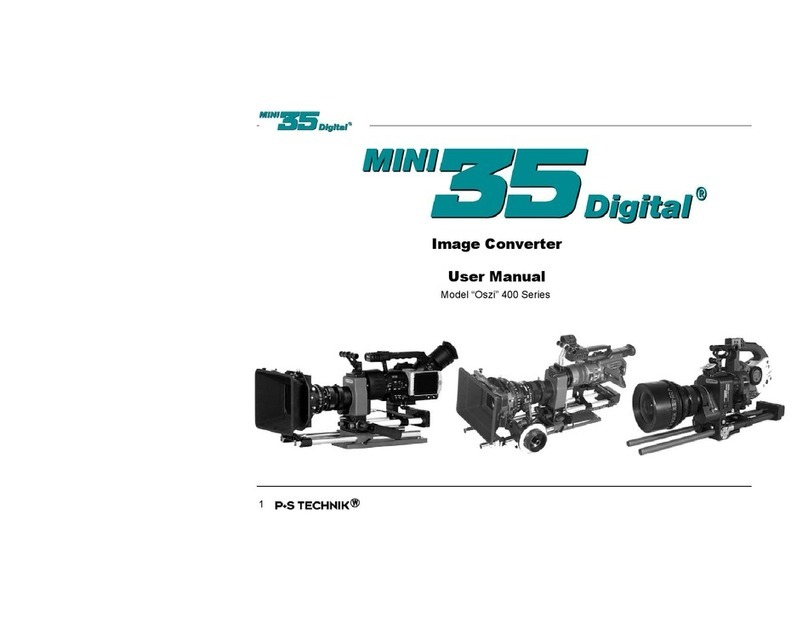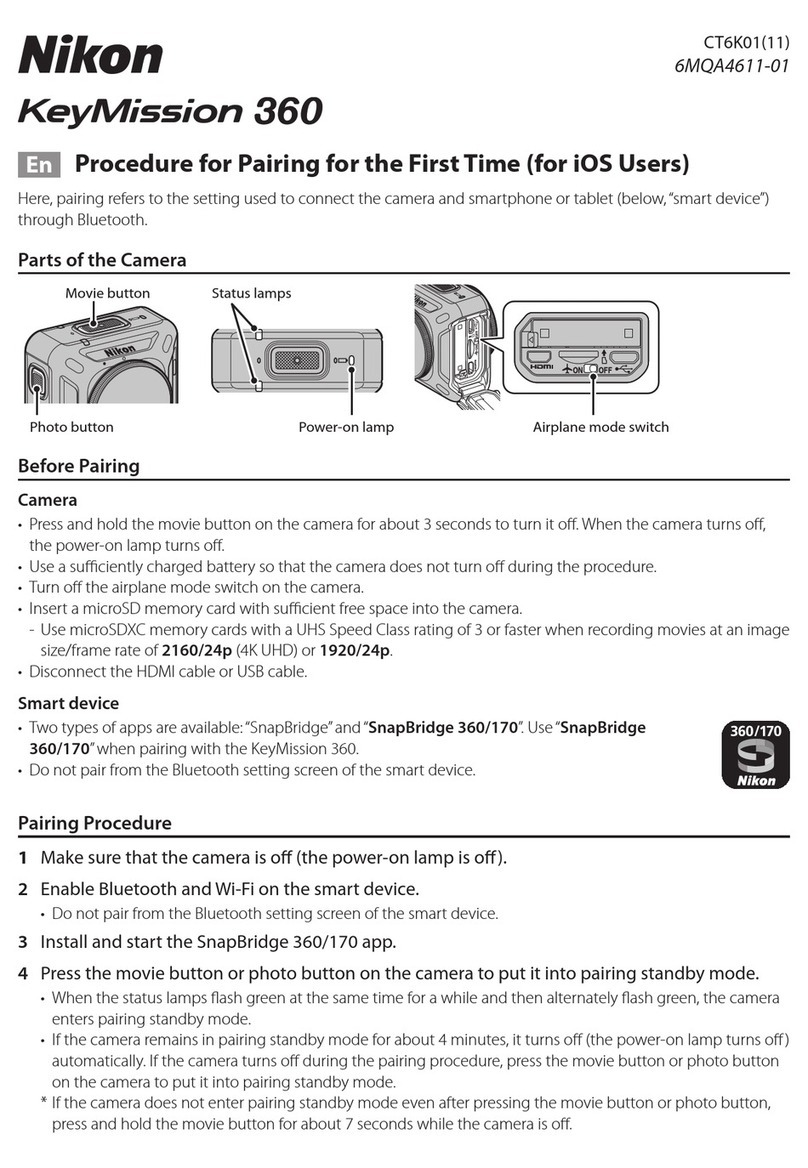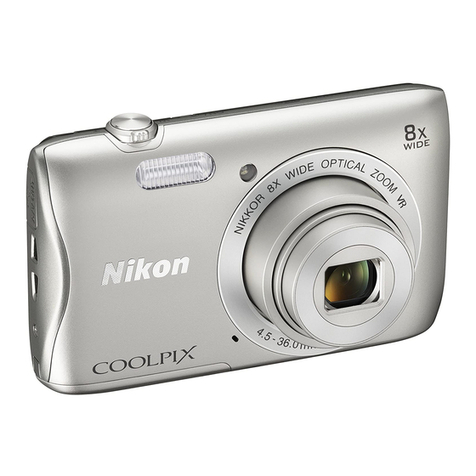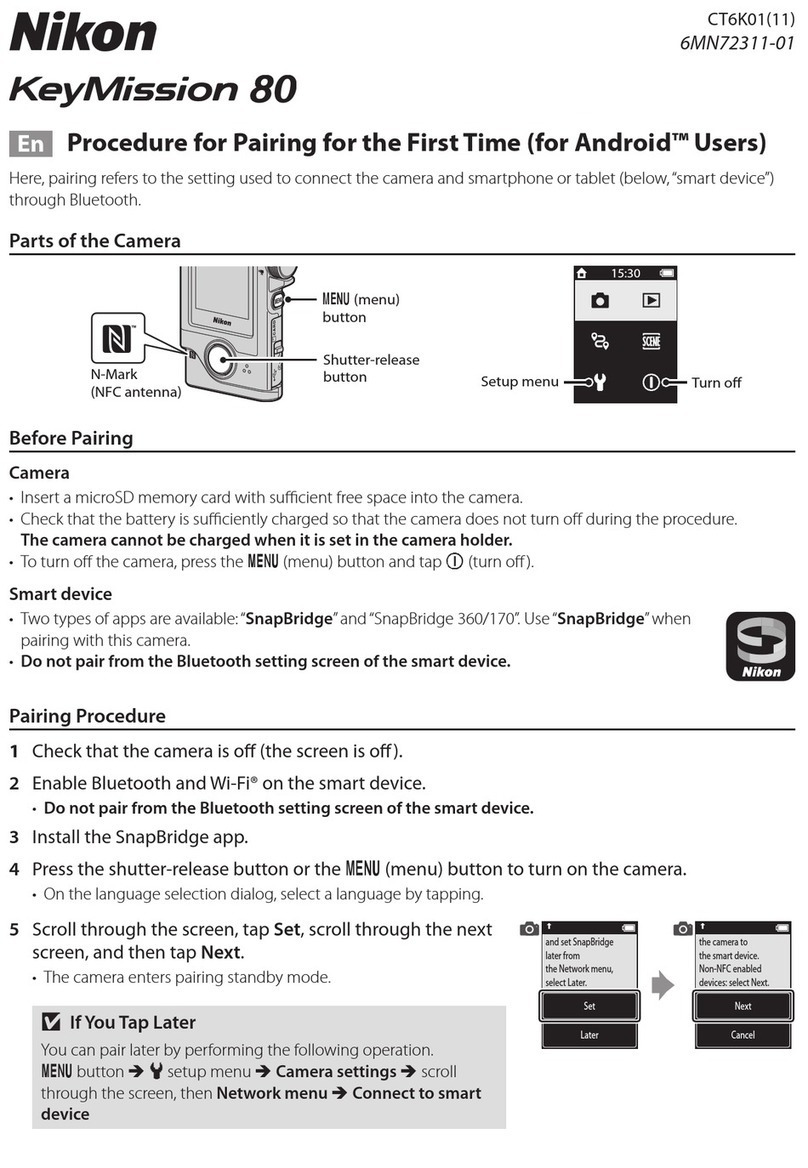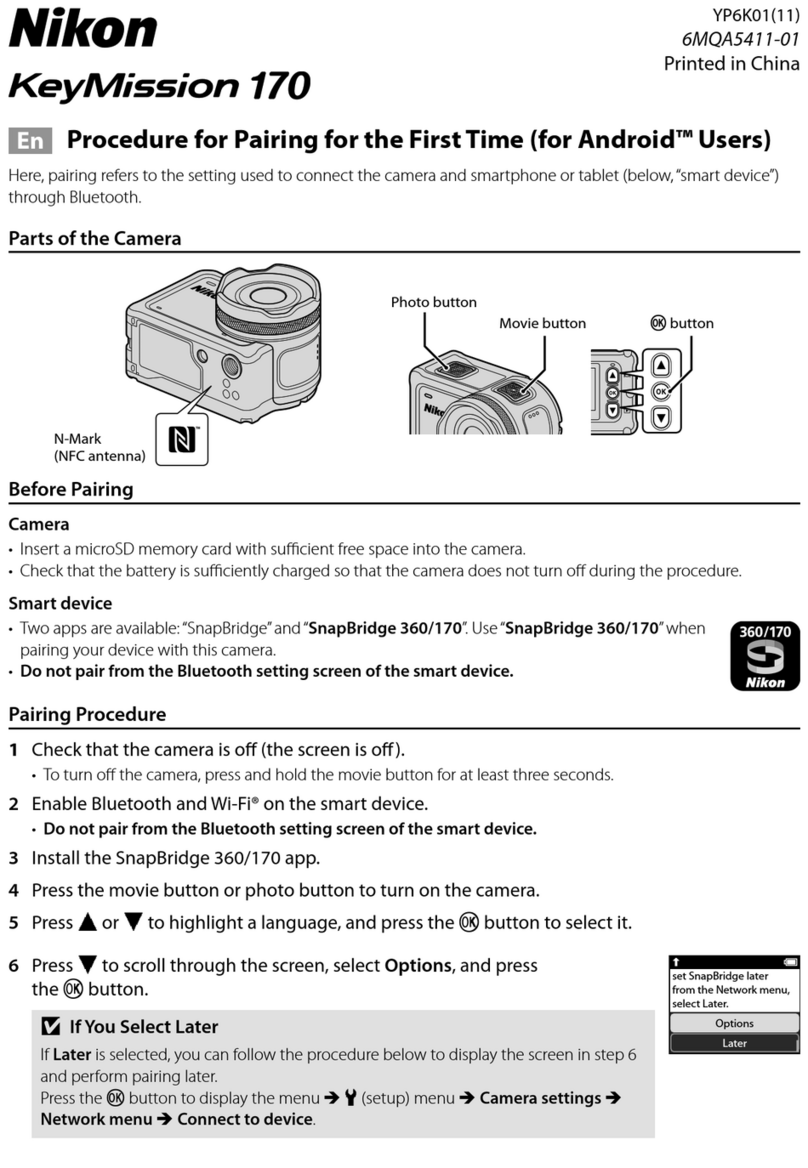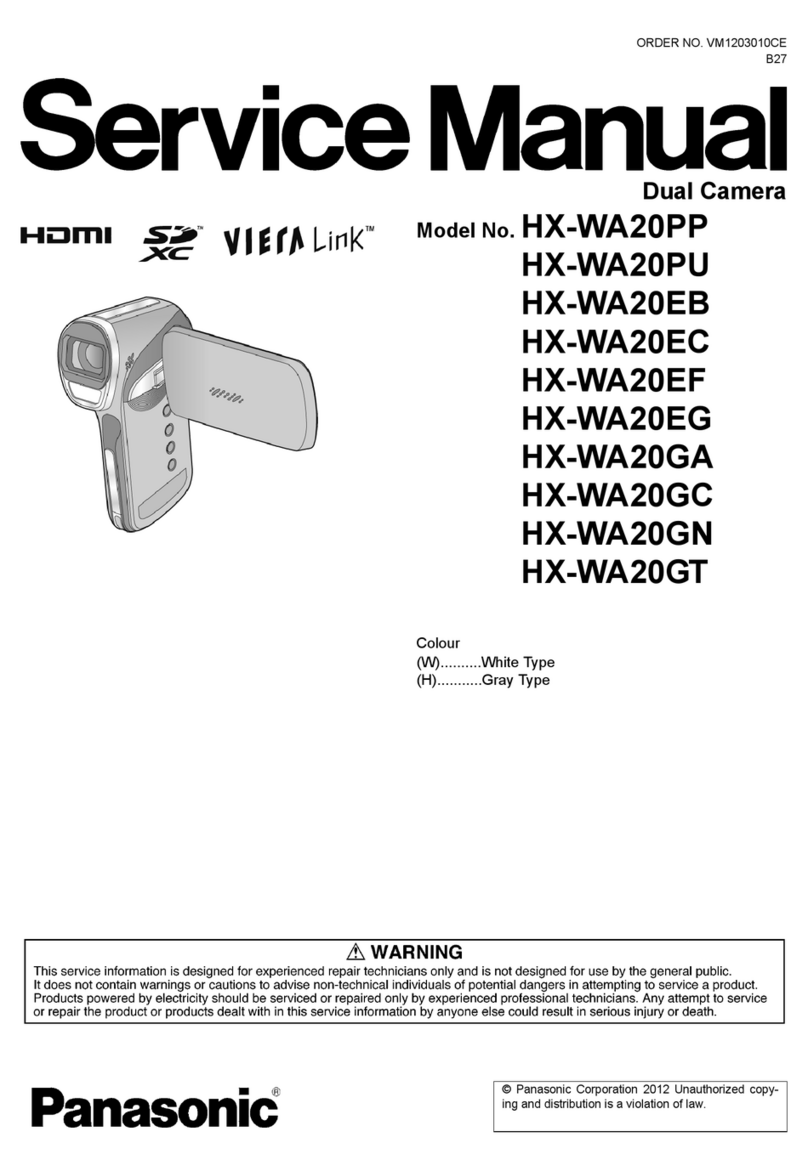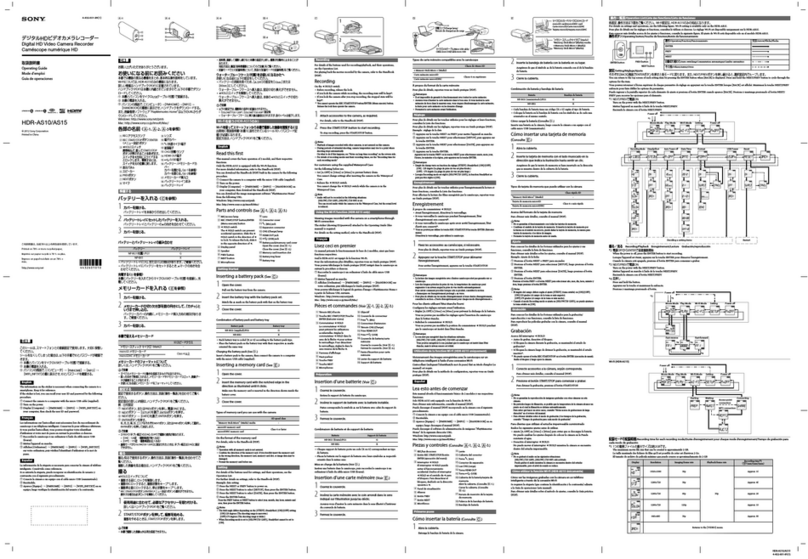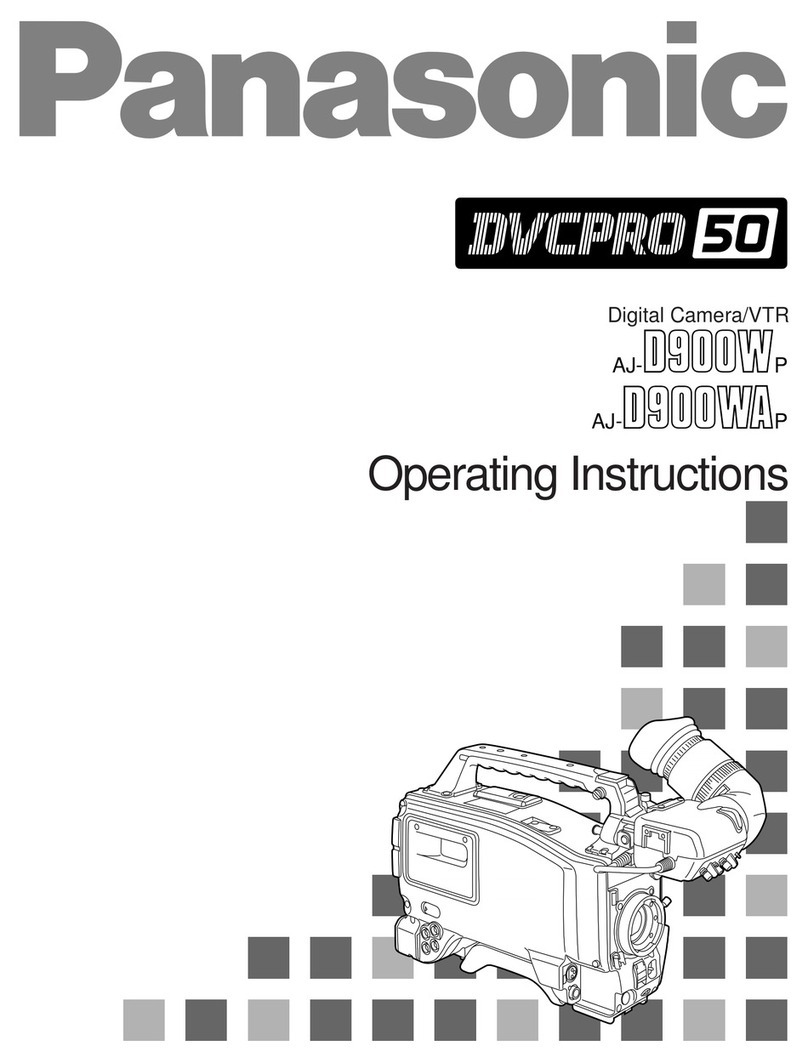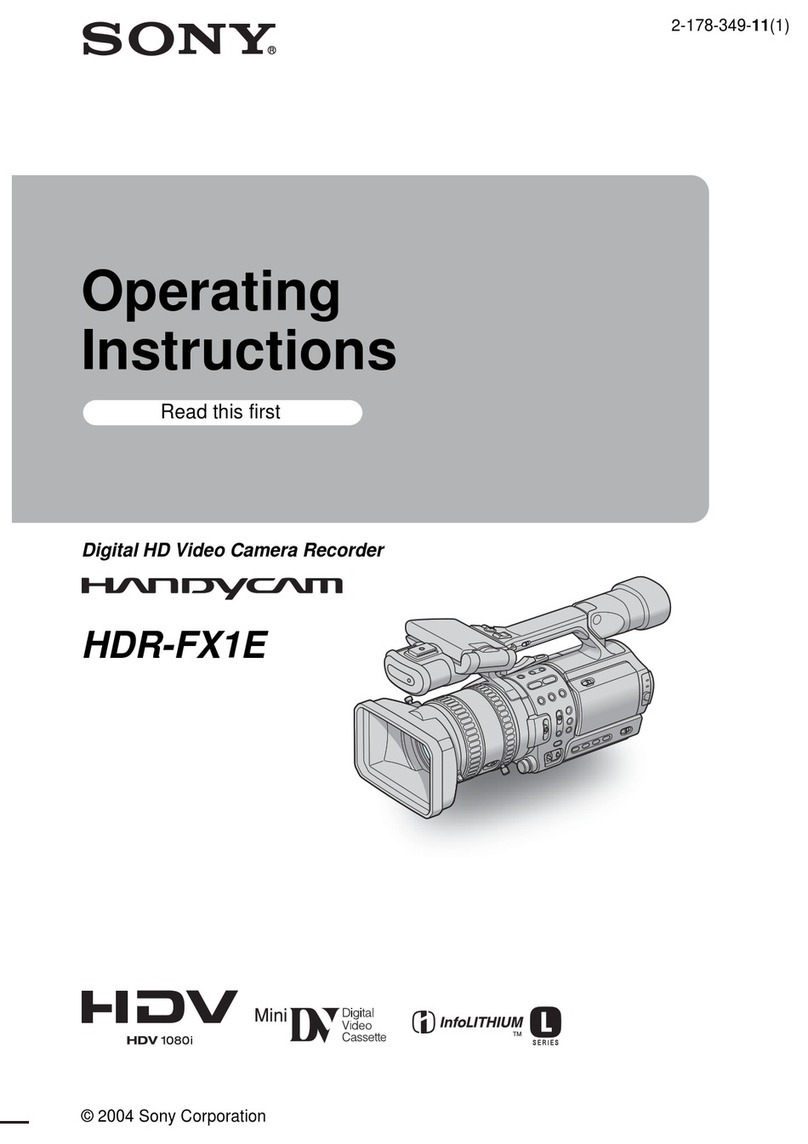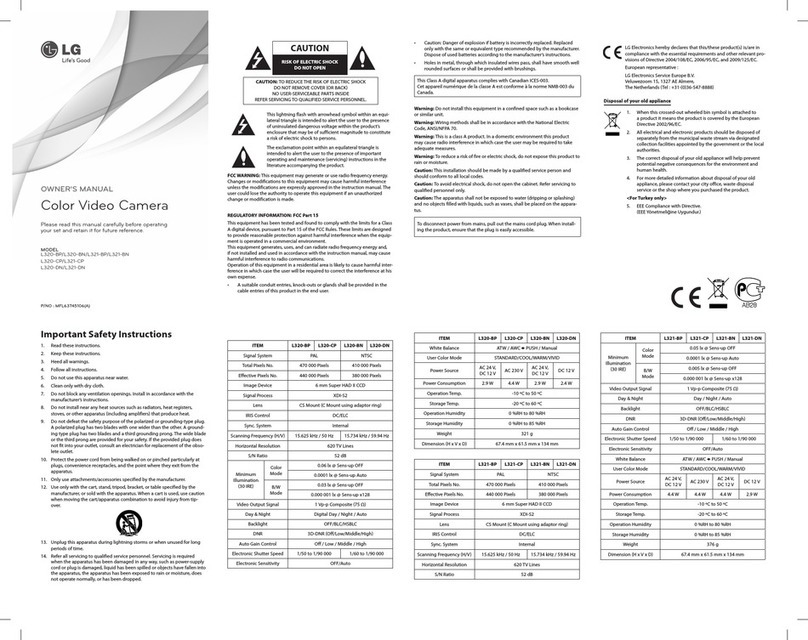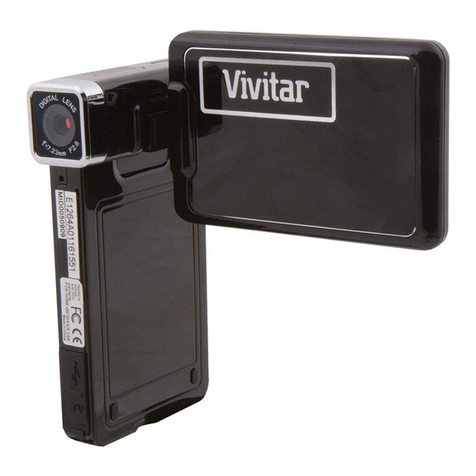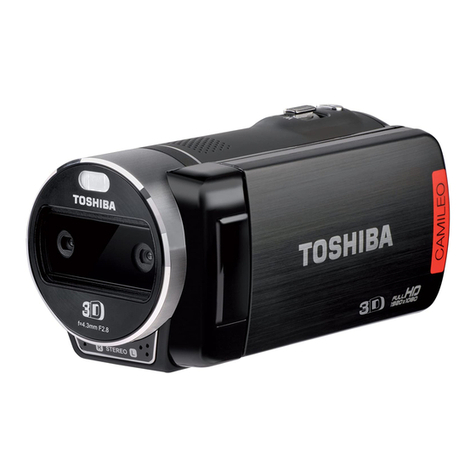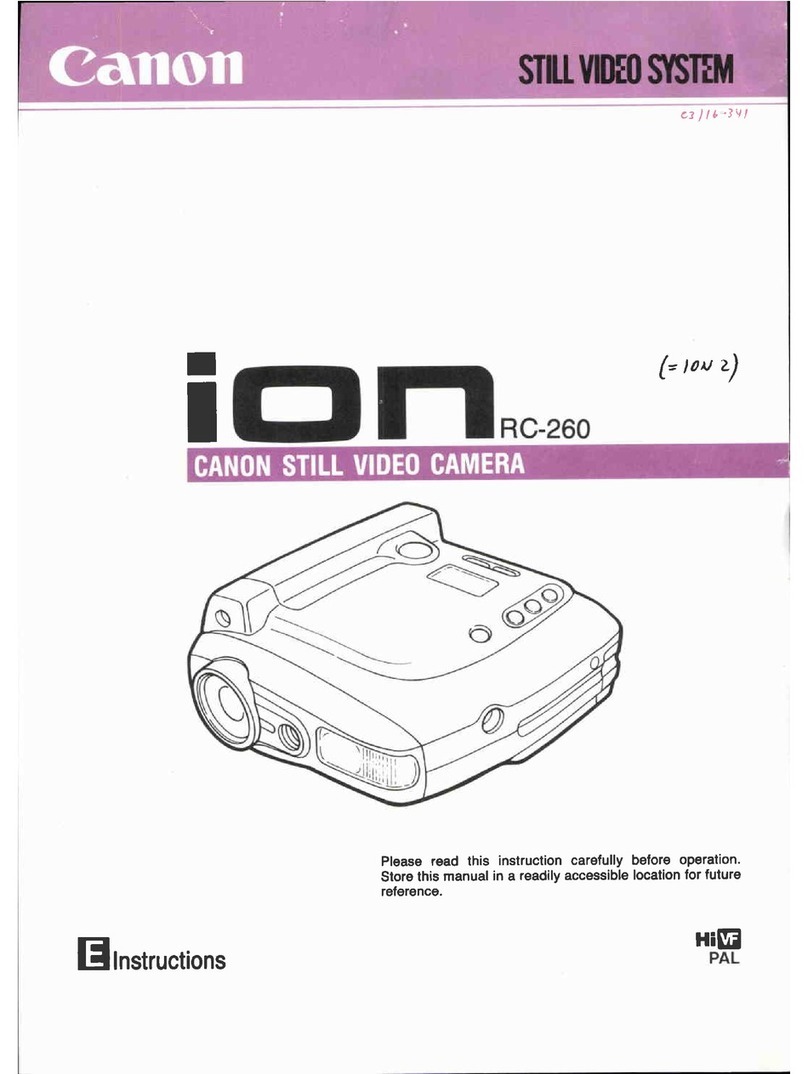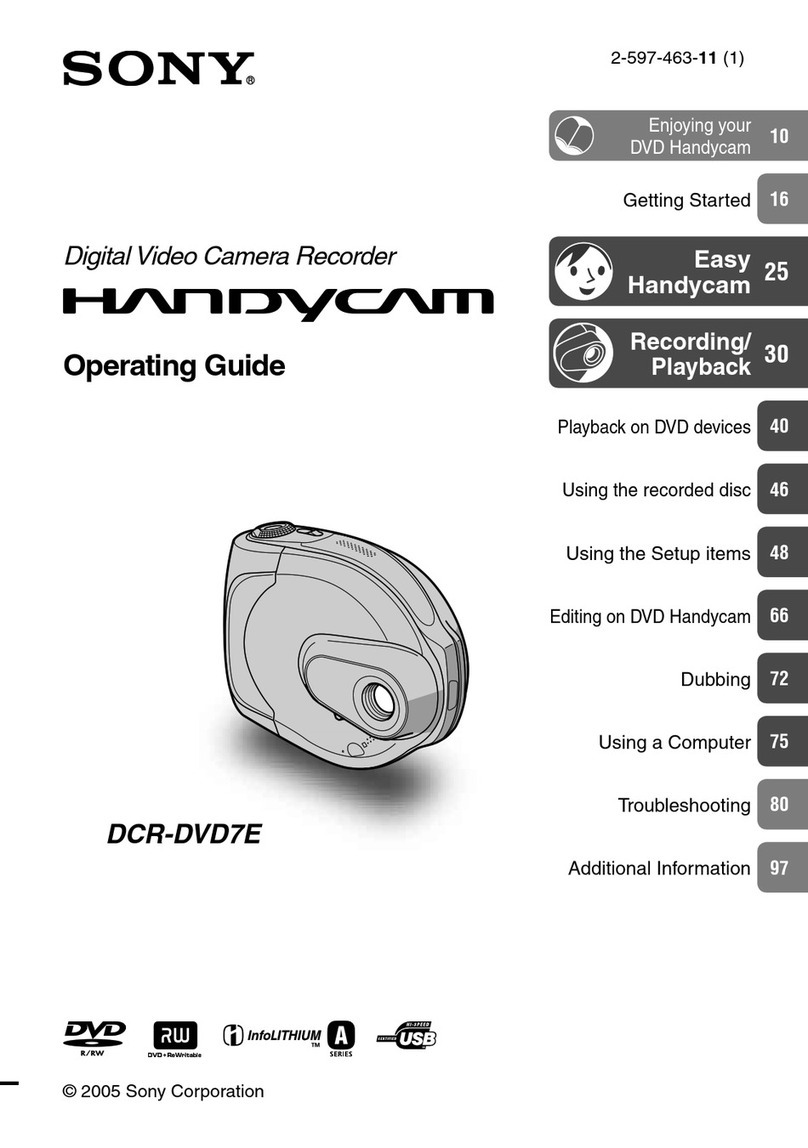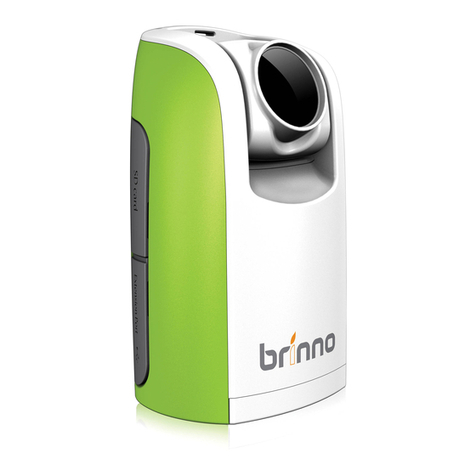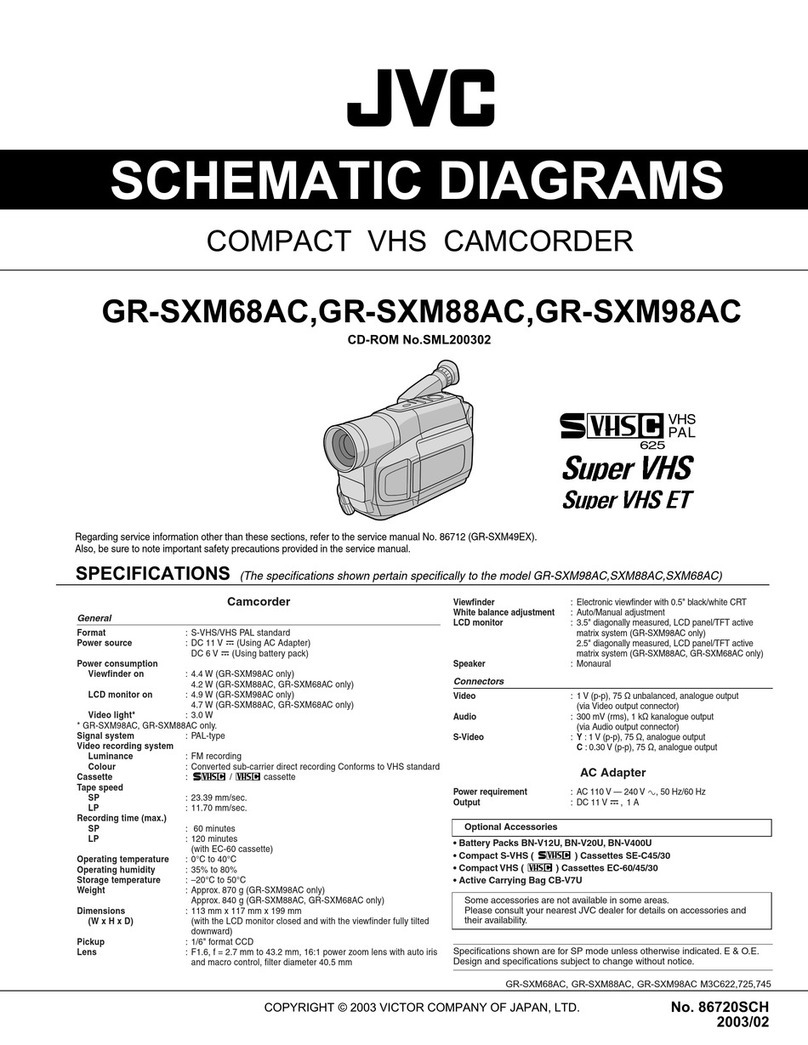6 7
En
Fr
Es
Pt
En
Fr
Es
Pt
SAFETY PRECAUTIONS
(Lithium battery)
If handled incorrectly, the battery
may rupture and leak, corroding
equipment and staining clothing.
Be sure to observe the following:
• Install the battery with the + and –
poles positioned correctly.
• The battery should be removed
when exhausted or during
extended periods of non-use.
• Do not short the end terminal of
the battery chamber.
• Do not carry together with keys
or coins in a pocket or bag, it may
short and cause overheating.
• Do not expose the battery to water,
or a flame. Never disassemble the
battery.
• Do not charge the lithium battery.
• If liquid from a damaged battery
comes into contact with clothing or
skin, rinse immediately with plenty
of water. If liquid from a damaged
battery enters the eyes, rinse
immediately with clean water, then
consult a doctor.
• When disposing of the battery,
follow your local area regulations.
this product or other small parts
out of reach of children.
• Prevent children from putting
the rubber eyecup or small parts,
etc. into their mouths. If children
swallow such parts, consult a
doctor immediately.
• If using the rubber eyecup for a
long period of time, some people
may suffer skin inflammation. If any
symptoms occur, stop using it and
consult a doctor immediately.
• When carrying the Nikon Laser
Rangefinder, store it in the case.
• If your Nikon Laser Rangefinder
should fail to operate correctly,
discontinue use immediately and
consult with your local dealer for
instructions on where to send it for
repair.
SAFETY PRECAUTIONS
(Monocular)
The Nikon Laser Rangefinder
employs a monocular in its optical
system in order to aim at the target.
Be sure to observe the following:
Warning
• Never look directly at the sun, an
intense light or the laser beam
when using the Nikon Laser
Rangefinder.
Cautions
• When not using the Nikon Laser
Rangefinder, do not push the
PWR button.
• Do not use this product while
walking. Failure to observe this
may cause injury or malfunction
as a result of walking into
something, hitting others, falling
or other accidents.
• Do not swing around by the
strap. This may result in hitting
others and cause injury.
• Do not place this product in
an unstable place. Failure to
observe this may result in falling
or dropping and cause injury or
malfunction.
• Keep the plastic bag used to wrap
Storage
• Water condensation or mold may
occur on the lens surface because
of high humidity. Therefore, store
the Nikon Laser Rangefinder in a
cool, dry place.
After use on a rainy day or at night,
thoroughly dry it at room
temperature, then store in a cool,
dry place.
CARE AND MAINTENANCE
Lenses
• When removing dust on the lens
surface, use a soft oil-free brush.
• When removing stains or smudges
like fingerprints from the lens
surface, wipe the lenses very gently
with a soft clean cotton cloth or
quality oil-free lens tissue. Use a
small quantity of pure alcohol (not
denatured) to wipe stubborn
smudges. Do not use velvet cloth
or ordinary tissue, as it may scratch
the lens surface. Once the cloth has
been used for cleaning the body, it
should not be used again for the
lens surface.
Main body
• Clean the body surface with a soft,
clean cloth after blowing away dust
with a blower* lightly. Do not use
benzene, thinner, or other cleaners
containing organic solvents.
*A blower is rubber cleaning
equipment that blows air from a
nozzle.
SAFETY PRECAUTIONS
Cautions
• This product is not designed for use
underwater.
• Rain, water, sand and mud should
be removed from the rangefinder
body surface as soon as possible,
using a soft, clean cloth.
• If the Nikon Laser Rangefinder is
exposed to sudden changes in
temperature, water condensation
may occur on lens surfaces. Do
not use the product until the
condensation has evaporated.
• Do not leave the Nikon Laser
Rangefinder in a car on a hot or
sunny day, or near heat-generating
equipment. This may damage or
negatively affect it.
• Do not leave the
eyepiece in direct
sunlight.
The condenser
effect of the lens
may damage the
internal display
surface.
This symbol indicates that this battery is to be
collected separately.
The following apply only to users in European
countries.
• This battery is designated for separate collection at an
appropriate collection point. Do not dispose of as
household waste.
• For more information, contact the retailer or the local
authorities in charge of waste management.
Symbol for separate collection applicable in European
countries
This symbol indicates that this product is to be
collected separately.
The following apply only to users in European
countries.
• This product is designated for separate collection at
an appropriate collection point. Do not dispose of as
household waste.
• For more information, contact the retailer or the local
authorities in charge of waste management.
Symbol for separate collection applicable in European
countries

